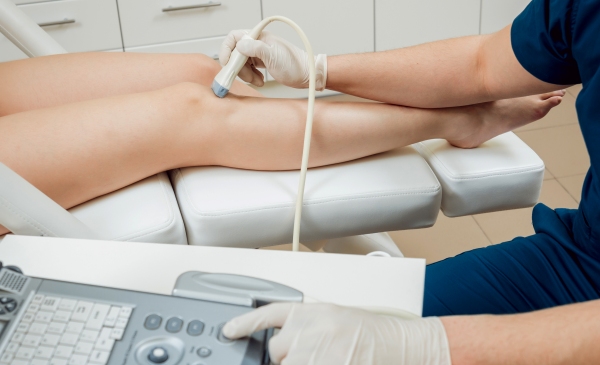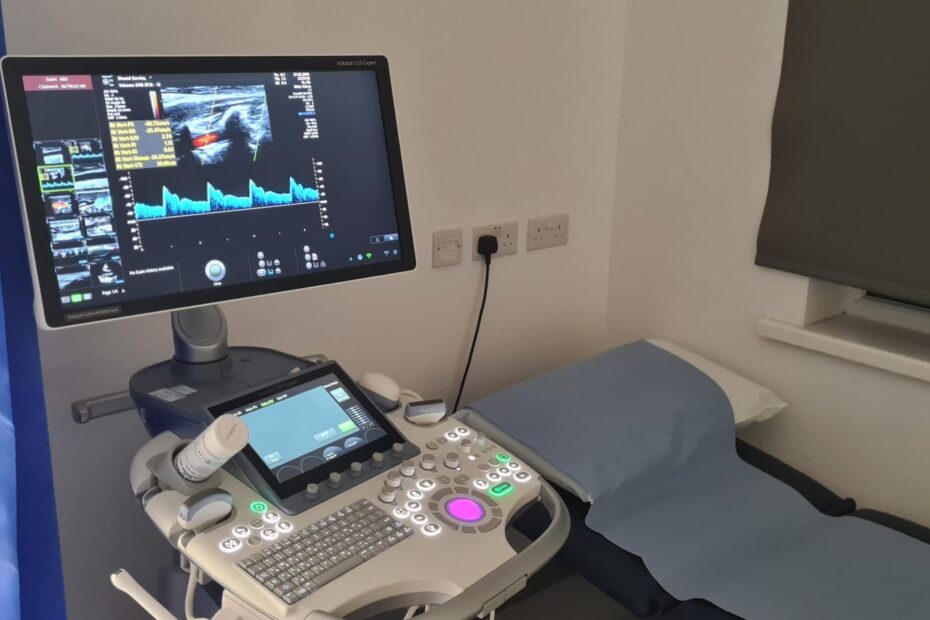In the realm of modern healthcare, technological advancements continue to reshape the way medical professionals diagnose and treat a wide range of conditions. One such innovation that has revolutionized the field is ultrasound services. By harnessing the power of sound waves, ultrasound has become an indispensable tool in the journey from diagnosis to treatment, offering numerous benefits that have transformed patient care.
Ultrasound utilizes high-frequency sound waves to produce detailed images of the body’s internal structures. This non-invasive imaging technique has proven to be invaluable in a variety of medical specialties, including obstetrics, cardiology, radiology, and musculoskeletal care, among others. By providing real-time visualization of organs, tissues, and blood flow, ultrasound enables healthcare professionals to make accurate and timely diagnoses, leading to more effective treatment strategies.
One of the primary advantages of ultrasound services is its safety profile. Unlike other imaging modalities such as X-rays or computed tomography (CT), ultrasound does not involve ionizing radiation. This makes it an ideal choice, especially for vulnerable populations such as pregnant women and children. Additionally, ultrasound is a non-invasive procedure, minimizing patient discomfort and eliminating the need for incisions or injections in most cases.
In obstetrics, ultrasound services play a vital role in monitoring fetal development and ensuring the well-being of both the mother and the baby. Early in pregnancy, ultrasound can confirm pregnancy viability, determine gestational age, and detect any abnormalities or potential risks. Throughout the pregnancy journey, ultrasound scans provide valuable information on fetal growth, anatomy, and placental health, allowing healthcare providers to intervene when necessary and provide appropriate prenatal care.

Beyond obstetrics, ultrasound services have found applications in various medical specialties. In cardiology, for instance, echocardiography utilizes ultrasound to assess the structure and function of the heart, aiding in the diagnosis of heart conditions such as valvular abnormalities, heart failure, and congenital defects. The ability to visualize the heart in real-time enables cardiologists to make informed decisions regarding treatment options, whether medical management or surgical intervention.

Musculoskeletal ultrasound has also transformed the landscape of orthopedic and sports medicine. By providing dynamic imaging of joints, tendons, ligaments, and muscles, ultrasound aids in the accurate diagnosis of conditions such as sprains, strains, and tears. This allows for targeted treatment plans, including guided injections, rehabilitation protocols, and surgical planning. The real-time imaging capability of ultrasound enhances precision and reduces the need for exploratory procedures, leading to improved patient outcomes and faster recovery times.
Ultrasound services have even extended their reach to the realm of interventional procedures. With the guidance of ultrasound imaging, healthcare professionals can perform minimally invasive interventions with increased accuracy and safety. This includes procedures such as biopsies, fluid aspirations, and nerve blocks, among others. By visualizing the targeted area in real-time, ultrasound helps healthcare providers precisely locate the site of interest, reducing the risk of complications and improving procedural success rates.
The transformative impact of ultrasound services on healthcare cannot be overstated. By providing non-invasive, radiation-free imaging with real-time visualization, ultrasound has enhanced diagnostic accuracy, improved treatment outcomes, and ultimately transformed patient care across multiple medical specialties. As technology continues to advance, ultrasound services are expected to evolve further, offering even more sophisticated imaging techniques and expanding their applications in various healthcare settings.
In conclusion, ultrasound services have revolutionized healthcare by bridging the gap from diagnosis to treatment. This imaging modality has become an indispensable tool for medical professionals, providing safe, non-invasive, and real-time visualization of internal structures. Whether in obstetrics, cardiology, musculoskeletal care, or interventional procedures, ultrasound has paved the way for more accurate diagnoses, targeted treatments, and improved patient outcomes. As we move forward, the transformative power of ultrasound services will continue to shape the future of healthcare, offering new possibilities for enhanced patient care and well-being.
